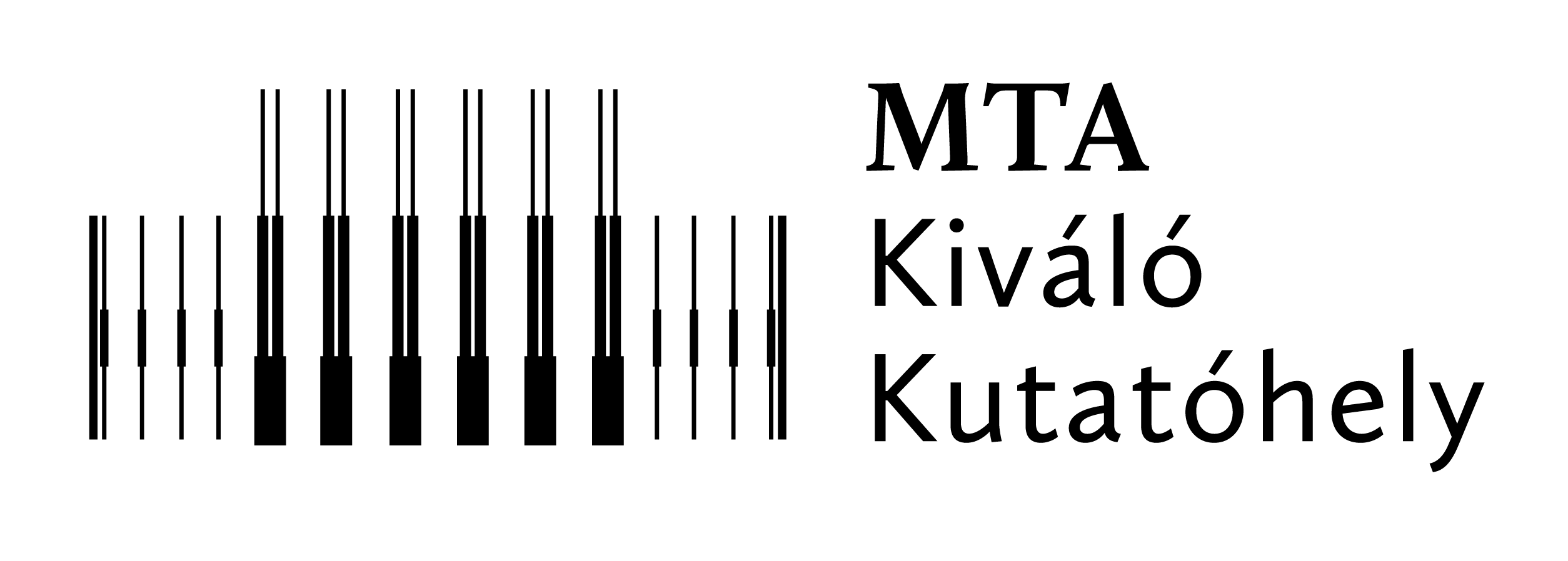Előadó: Lájer Márton (Wigner FK RMI)
Az előadás témája: Truncated spectrum methods and the self-duality of the sinh-Gordon model
Az előadás időpontja: 2020. október 16. kedd, 14.00
Helyszín: videokonferencia, https://letsmeet.wigner.hu/elmoszemi
Az előadás témája:
One of the most striking but mysterious properties of the sinh-Gordon model (ShG) is the b→1/b self-duality of its S-matrix, of which there is no trace in its Lagrangian formulation. Here b is the coupling appearing in the model's eponymous hyperbolic cosine present in its Lagrangian, cosh(bϕ). We have developed truncated spectrum methods (TSMs) for studying the sinh-Gordon model at a finite volume as we vary the coupling constant. We obtain the expected results for b≪1 and intermediate values of b, but as the self-dual point b=1 is approached, the basic application of the TSM to the ShG breaks down. We find that the TSM gives results with a strong cutoff Ec dependence, which disappears according only to a very slow power law in Ec. Standard renormalization group strategies -- whether they be numerical or analytic -- also fail to improve upon matters here. We thus explore three strategies to address the basic limitations of the TSM in the vicinity of b=1. In the first, we focus on the small-volume spectrum. We attempt to understand how much of the physics of the ShG is encoded in the zero mode part of its Hamiltonian, in essence how `quantum mechanical' vs `quantum field theoretic' the problem is. In the second, we identify the divergencies present in perturbation theory and perform their resummation using a supra-Borel approximate. In the third approach, we use the exact form factors of the model to treat the ShG at one value of b as a perturbation of a ShG at a different coupling. In the light of this work, we argue that the strong coupling phase b>1 of the Lagrangian formulation of model may be different from what is na\"ively inferred from its S-matrix. In particular, we present an argument that the theory is massless for b>1.
The talk is based on R. Konik, M. Lajer, G. Mussardo, arXiv:2007.00154



